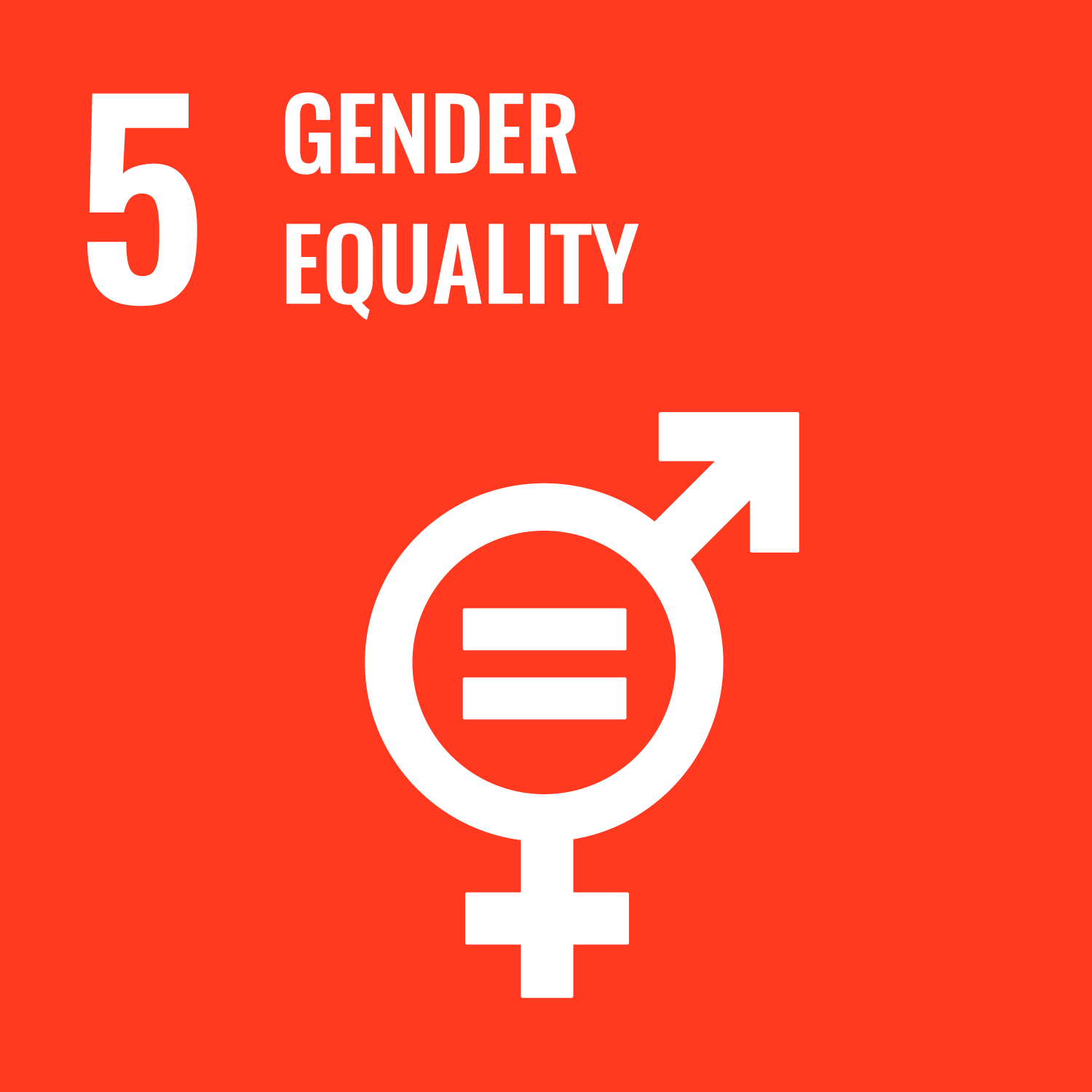Sustainable Development Goal 5 (SDG 5) aims to “achieve gender equality and empower all women and girls” by 2030. This encompasses various targets, including eliminating all forms of discrimination against women and girls, ensuring full participation in economic and political life, and promoting access to essential services. As we approach the midway point of the SDG timeline, understanding the progress made by different countries is crucial to assess the path forward.
Top 5 Countries Leading in SDG 5:
- Finland (86.76): Achieves significant progress in closing the gender gap in education, health, and political participation. (Source: Sustainable Development Report 2023)
- Sweden (85.98): Boasts strong policies promoting gender equality, including equal parental leave and affordable childcare. (Source: Sustainable Development Report 2023)
- Denmark (85.68): Champions gender equality in leadership positions, with high representation of women in parliament and government. (Source: Sustainable Development Report 2023)
- Iceland (85.08): Leads the world in gender equality indices, known for its comprehensive legislation and societal attitudes promoting equality. (Source: Sustainable Development Report 2023)
- Norway (84.62): Invests heavily in promoting gender equality in education and employment, leading to a strong female workforce participation rate. (Source: Sustainable Development Report 2023)
India’s Progress:
India’s SDG 5 score stands at 63.64, ranking it 135th globally. While strides have been made in girls’ education and political participation, significant challenges remain in areas like gender-based violence, economic opportunities, and maternal health.
Key Achievements:
- Increased female literacy rate from 65% in 2011 to 73.5% in 2021. (Source: UNESCO Institute for Statistics)
- Gender parity achieved in primary and secondary education. (Source: UNESCO Institute for Statistics)
- Women’s representation in parliament increased to 14.4% in 2023. (Source: Inter-Parliamentary Union)
Areas for Improvement:
- High prevalence of gender-based violence, with an estimated 33% of women experiencing physical or sexual violence in their lifetime. (Source: National Crime Records Bureau)
- Gender pay gap persists, with women earning only 74 cents for every dollar earned by men. (Source: World Bank)
- High maternal mortality ratio, with an estimated 174 deaths per 100,000 live births. (Source: World Health Organization)
What India Can Do:
- Strengthen laws and policies: Implement and enforce robust laws to combat gender-based violence, promote equal pay, and ensure equal access to resources and opportunities.
- Change social norms and attitudes: Raise awareness about gender equality through educational campaigns and community engagement programs.
- Empower women economically: Provide access to skills training, financial services, and entrepreneurship opportunities for women to become economically independent.
- Invest in healthcare: Strengthen the healthcare system to improve access to quality maternal and reproductive health services for women and girls.
Sources:
- Sustainable Development Report 2023: https://dashboards.sdgindex.org/
- UNESCO Institute for Statistics: http://data.uis.unesco.org/
- Inter-Parliamentary Union: http://archive.ipu.org/wmn-e/arc/classif010117.htm
- National Crime Records Bureau: https://ncrb.gov.in/en
- World Bank: https://genderdata.worldbank.org/
- World Health Organization: https://www.who.int/data/gho/data/themes/maternal-and-reproductive-health/maternal-mortality-country-profiles
By addressing these challenges and prioritizing gender equality, India can strive towards achieving SDG 5 and creating a more equitable and empowered society for all women and girls.

